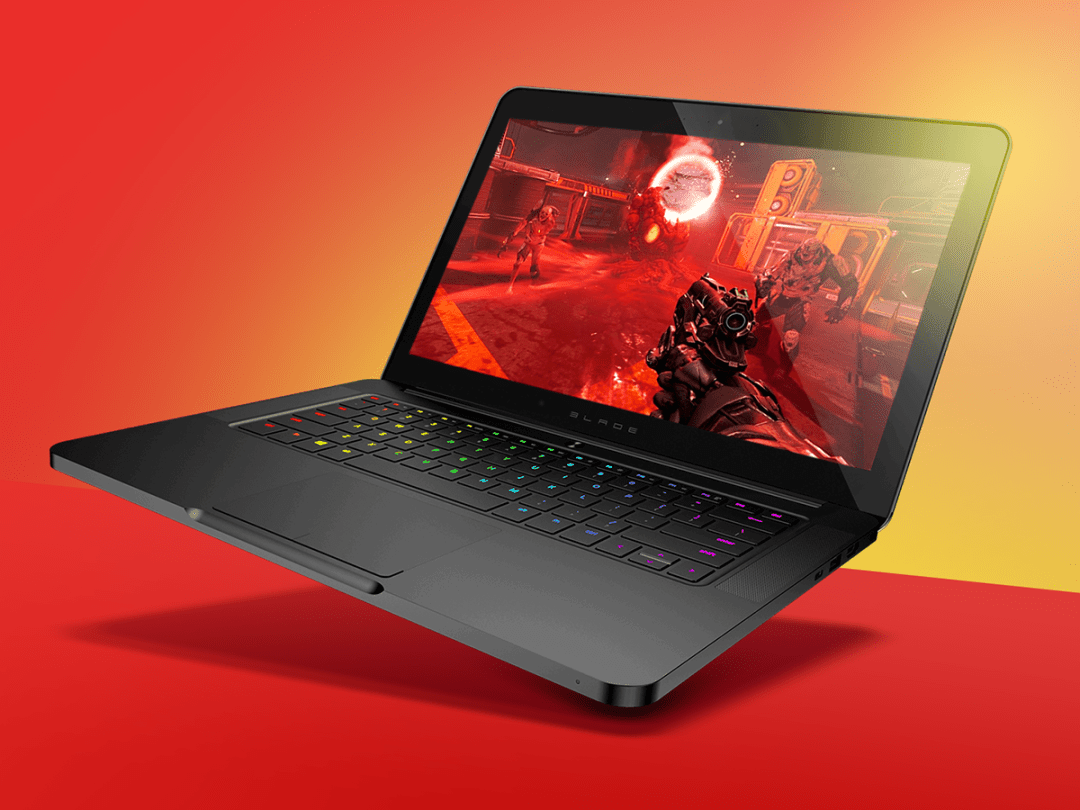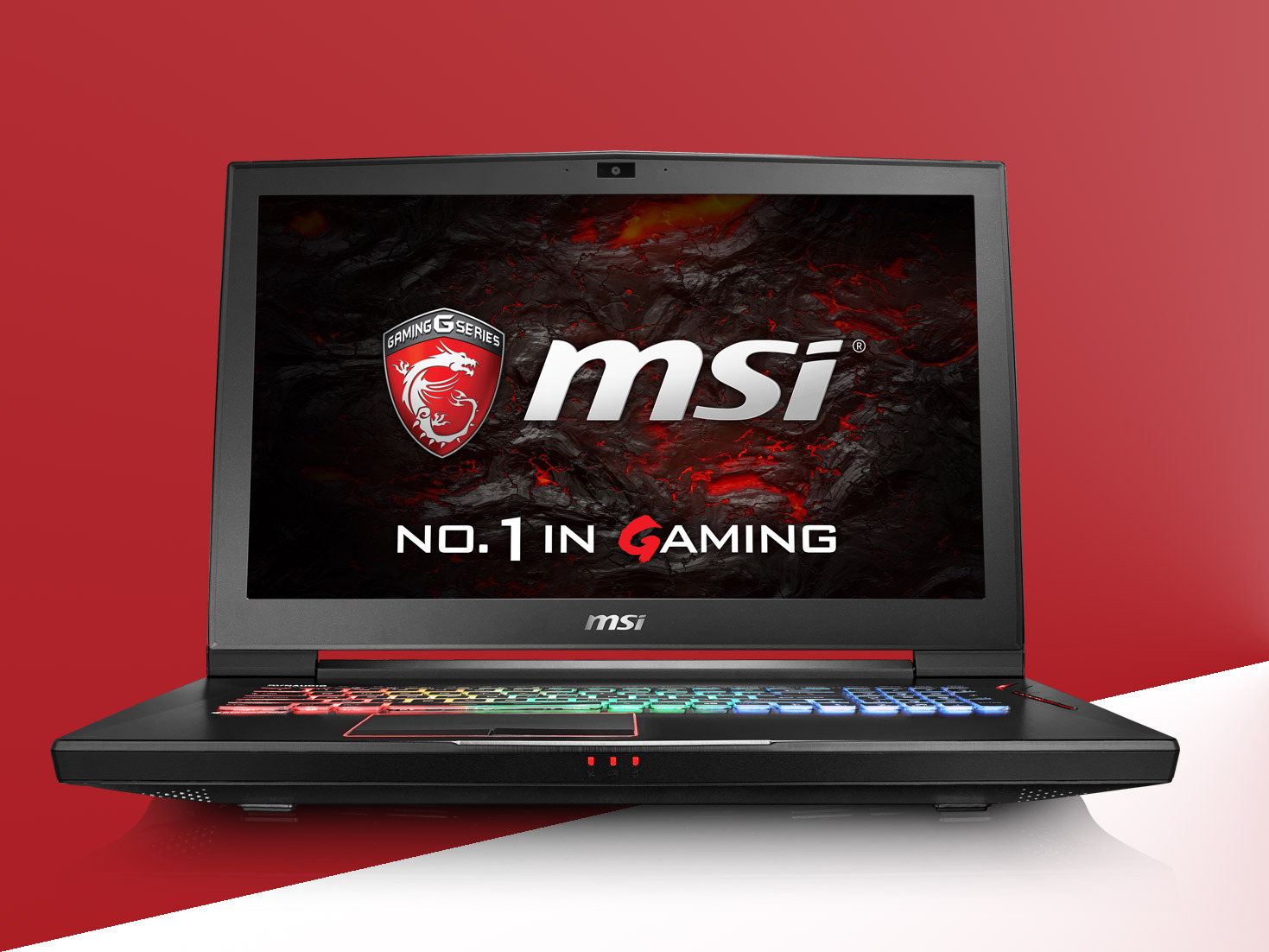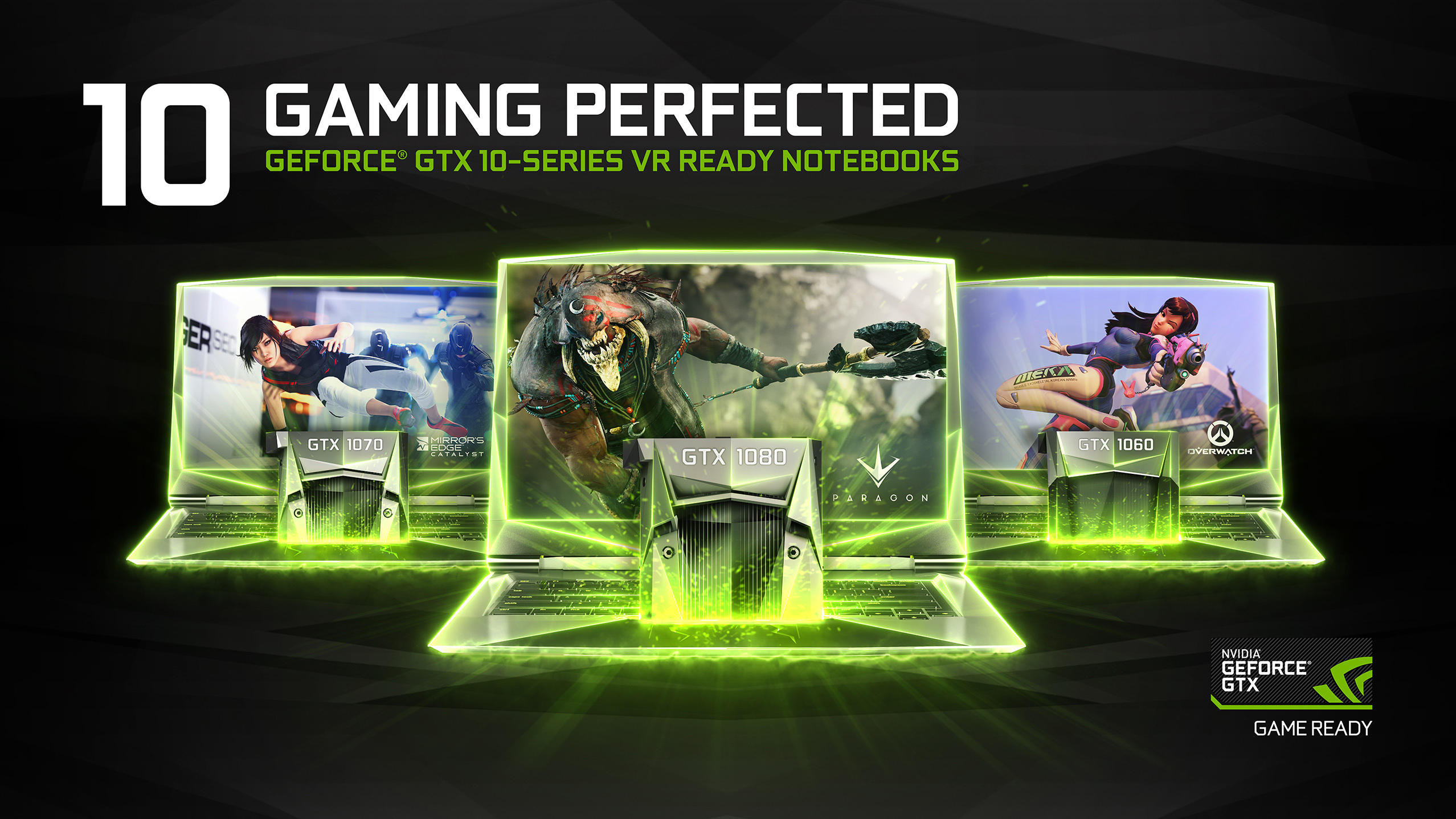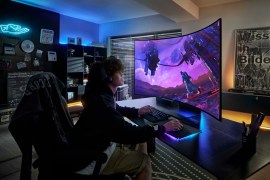Nvidia’s insanely powerful new graphics cards bring VR to laptops
The power of a GTX 1080, crammed into your notebook? Witchcraft, we say

For those console peasants of you who have yet to step down the path of forging your very own gaming rig, the GTX 1080 is Nvidia’s latest desktop GPU, and is the company’s most powerful mainstream card yet.
It earned our respect in our full review, scoring major points for its incredible graphical horsepower, with a wallet-busting price tag to match.
And that concludes today’s PC component facts. Tune in tomorrow, where we’ll be delving into the rich history of mechanical keyboard swit
…
Oh wait, did we forget to mention that Nvidia has just announced a mobile version of its 10XX series cards? Because it totally has. The absolute madman.
Mobile what now?
Brief recap – Nvidia traditionally releases ‘M’ series of its desktop graphics cards for laptops. Last year’s GTX 980, for example, found its way into gaming laptops under the guise of the 980M.
That ‘M’, of course, brings with it less power and performance, as you’d expect from a card crammed into the confines of a laptop – less space for cooling, more temperature considerations – it’s all pretty simple physics really. Until now, that is.
(Practically) no compromise

Nvidia’s new GTX-10 series cards – consisting of the 1080, 1070 and 1060 – have been trimmed down and redesigned to fit in gaming laptops, but promise to deliver “within 10%” of the performance of the fully-fledged desktop GPU equivalents. There’s no ‘M’ moniker here.
Not impressed? Well, you should be. Compared to the last generation of mobile CPUs based on the company’s Maxwell architecture, the new cards – based on the company’s more powerful, more efficient 16nm Pascal architecture – deliver up to 75% more performance out of the box.
Nanometres and architecture aside, this means that laptops containing these new cards will have enough power to run VR headsets like the HTC Vive and Oculus Rift – something previous gaming laptops have been unable to do, at least smoothly.
Not only that, but there’s enough power here to run games at 4K – either when connected to a 4K monitor, or playing them natively on a swanky new laptop with a 4K screen.
Now, we ourselves witnessed Doom running smooth as butter on 4K at Nvidia’s launch event, but even the desktop card can struggle to hit 60fps at 4K with everything set on Ultra, in games like The Witcher 3.
Even with the ability to overclock these newer mobile cards to a greater extent than ever before, it’s likely you’re going to have to do some tweaking and settings lowering in newer games if you want to hit that magic 60fps mark.
Worth it?

Obviously it’s going to be much more cost effective to build your own desktop, as the portability of laptop gaming alway comes at a premium expense.
Prices are up to the notebook manufacturers themselves – of which all of the major ones are included, including the likes of MSI, Asus and Alienware – and they have yet to be released at the time of writing.
It’s too early to tell how laptops with Nvidia’s new cards will perform in the real world, but we’ll be sure to let you know once we’ve wrapped our hands around them in our final reviews. Stay tuned.



